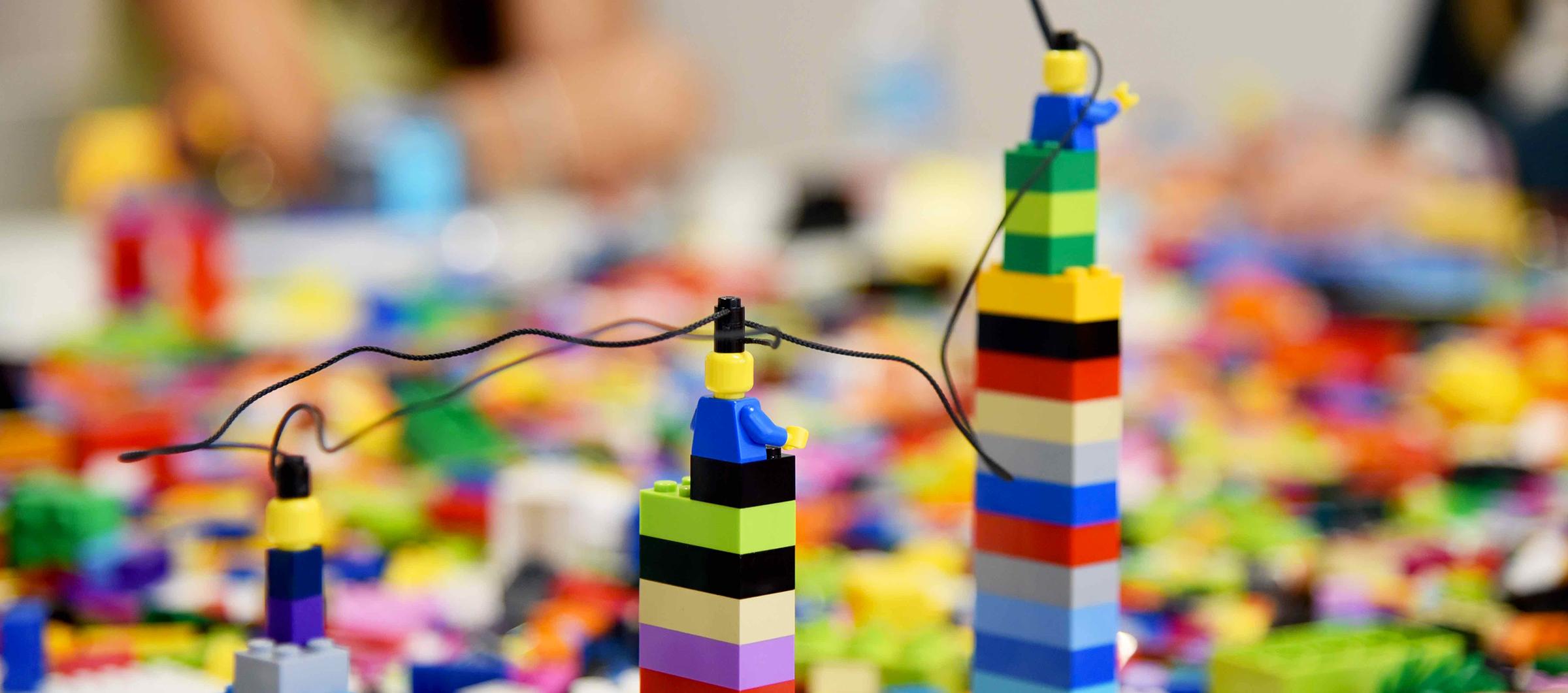Angular libraries & Storybook
Generate a component library ready to publish in packages

You can read this article also in Spanish.
Style guides have been around for years, but not so long ago, designers and developers have agreed to work together on an idea that is streamlining and making easier the use of UIs throughout the products of big companies. I am talking about design systems and their consequence in software development: component libraries.
In this post we are going to create an Angular app with Angular Libraries and Storybook, ready to publish a components library as a package. You can see the result in the following repository.
A design system is a set of reusable UI components that allow teams to build complex and consistent interfaces across multiple projects. In turn, they may contain information about their use, how to build said interfaces, or any other relevant information for their implementation or installation. The advantages of design systems over old practices are their scalability, coherence and robustness, which is why they have become the cornerstone of large companies and large projects in their applications.

With this situation and this new paradigm, the need arose to have a tool that centralizes this knowledge between designers and developers, generates useful documentation for both and also make easier the consumption of these components by projects that want to use this design system. And Storybook came to the rescue.
What is Storybook?
Storybook is a tool for building UI components and pages in isolation, generating documentation, and enabling both component development and testing. It allows the visualization of the components in an organized way, interact with them and test them as if they were deployed in a real application. This tool has integrations with multiple frameworks such as React, Vue.js, Angular...

You can also generate a static page with all the documentation related to those components, extra information, to serve as a reference for the project developers. In short, in 3 years it has become the standard for this type of project due to its usefulness and power. We can see examples of complete component libraries, such as Carbon Components, The Guardian or Shopify Polaris
Storybook becomes especially important if you add it the idea of being able to publish packages with those components, in isolation, so that they can be consumed by any application you want.
In a previous post we talked about how to publish Angular components using Angular Libraries. By using Storybook, you can keep the development, visualization, and testing of components in isolation while publishing the packages so that you can build multiple applications that use those components.
Installing Storybook
Before installing Storybook it is necessary to create a project, in this case Angular, so we will install the Angular console (if it has not been done previously) and create our project.
npm install -g @angular/cli
ng new angular-storybook -create-application=false
The -create-application=false flag creates an “empty” Angular application, ready to create libraries. We proceed to generate the library.
cd angular-storybook
ng generate library design-system
The last command generates a new projects folder where our component library will be located: an Angular “application” inside another Angular application.
The next step is to install Storybook in the project:
npx sb init
The versions used of both Angular and Storybook are the following: Angular: ^13.1.0 - Storybook-angular: ^6.4.14
This means that there are some changes required to work properly. In future versions of both Angular and Storybook this should be fixed.
First it is necessary to make a fix in the tsconfig.json file in the .storybook folder.
// From
"extends": "",
// To
"extends": "../projects/design-system/tsconfig.lib.json"
// From
"include": ["../src/**/*", "../projects/**/*"],
// To
"include": ["../stories/**/*", "../src/**/*", "../projects/**/*"],
When creating an Angular project with the -create-application=false flag, Storybook is not able to know the location of the components, so you have to do it manually. In the angular.json file of our project:
{
"$schema": "./node_modules/@angular/cli/lib/config/schema.json",
"version": 1,
"newProjectRoot": "projects",
"projects": {
"design-system": {
...
},
"storybook": {
"projectType": "application",
"root": "stories",
"sourceRoot": "stories",
"architect": {
"build": {
"options": {
"tsConfig": "tsconfig.json",
"styles": [],
"scripts": []
}
}
}
}
},
"defaultProject": "design-system"
}
It is important that both the
@angularand@angular-devkit/build-angularversions are at least 13.1.3, as version 13.1.2 generates a build error when running Storybook.
Development
We already have the project ready to start working, but since both Angular and Storybook create components and test files, it is necessary to refactor some file.
In the projects/design-system/src/lib folder we will delete all the design-system files except the .module, since this will be the one used to import all the components created in our design system. Also we will create a folder called components/button. We move the button.component.ts and button.css files found in the stories folder to this last created folder, creating our library with the following structure:

It is also necessary to modify the public-api.ts file to remove references to previously removed files:
/*
* Public API Surface of design-system
*/
export * from "./lib/design-system.module";
To finish, we modify the declarations and imports of the design-system.module.ts file:
import { NgModule } from "@angular/core";
import ButtonComponent from "./components/button/button.component";
@NgModule({
declarations: [ButtonComponent],
imports: [],
exports: [ButtonComponent],
})
export class DesignSystemModule {}
For this we will keep only the Button component and its story, removing the header and page components. The result of the stories folder is as follows:

We already have our project ready to generate and publish our design system, therefore, we can visualize it by executing npm run storybook and going to the url http://localhost:6006/.
In this repository you can see the finished project with all the changes described.

Final thoughts
Although the installation of Storybook with Angular is a bit rough for this type of architecture, since there are currently some bugs, it is an ideal solution that is worth working on for the development of design systems in an orderly way and with the plus from the Angular Libraries package release.
References
https://www.nngroup.com/articles/design-systems-101/
https://angular.io/guide/creating-libraries
https://storybook.js.org/docs/angular/get-started/install
https://dev.to/saulodias/angular-library-storybook-44ma
https://github.com/storybookjs/storybook/issues/17039
https://storybook.js.org/tutorials/design-systems-for-developers/react/en/introduction/